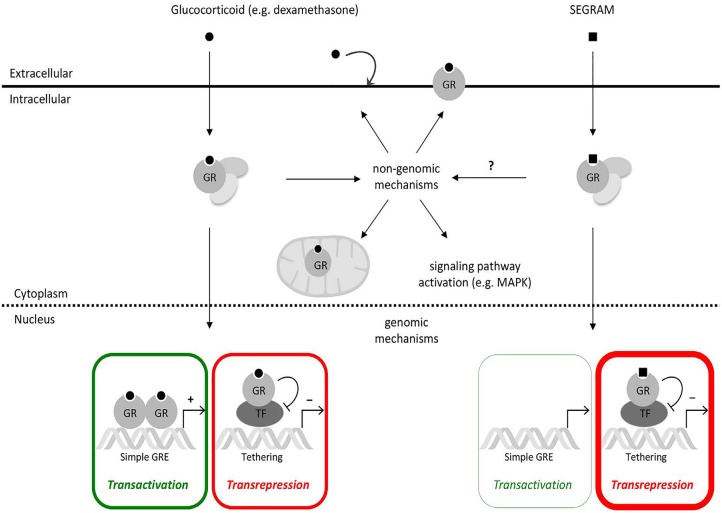Figure 1. Genomic and non-genomic mechanisms of GR-mediated signaling.
Classical GCs such as dexamethasone can enter the cell via passive diffusion and bind to GR. Upon GC binding, GR is released from the multiprotein complex and can execute either genomic or non-genomic mechanisms. The genomic mechanisms include transactivation, promoting transcription of target genes, and transrepression, inhibiting transcription factor (TF)-driven gene expression. The non-genomic mechanisms consist of GCs modulating cell membranes, membrane-bound GR, cytosolic and membrane-bound GR modulating signaling pathways and GR translocation into mitochondria. The SEGRAM-driven GR can, similar to classical GCs, translocate to the nucleus and repress TF-driven (NF-κB- and/or AP-1) driven gene expression, but not (or to a lesser extent) result in the upregulation of GRE-mediated genes such as GILZ. How these SEGRAMs affect non-genomic GR-mediated mechanisms such as kinase activities is unknown.

